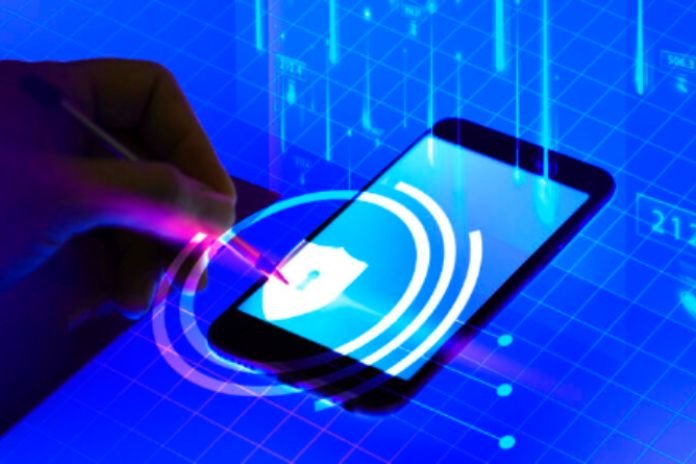Controlling entrances and exits can be much easier with the help of biometric. Learn how this technology can make everyday life easier and bring more security to your company.
In different situations, you may have already come across a biometric reader. Whether it’s releasing access from your cell phone, entering private properties, ATMs, and even electronic voting machines. The choice of this system is not by chance, roughly speaking, biometrics is about reading the physical and behavioral characteristics of living beings.
Each person is unique, and so is the biometric reading of each individual. For this reason, the safest and most potent way to autonomously control access is through the reading of unique characteristics of each human being, such as through the eyes, fingerprint, retina, iris of the eyes, or even the palm.
Methods such as proximity cards and electronic turnstiles, which are well-known and used by companies, may not have the same effect on barring access to unauthorized persons. In this case, the badge or release tag can easily be misused, unlike biometrics, which is non-transferable. Below, we list some of the control systems that use biometric technology for access and security management:
Fingerprint
The system that captures the fingerprint image is one of the oldest methods of biometric reading in existence. In addition to the low cost of having a biometric reader, the chances of errors are practically nil since there is hardly any mutation in fingerprints throughout life.
Face Identification
Facial identification, as the name implies, is the identification of the face. This method has spread mainly in new smartphone technologies. However, for those looking for a reliable system, facial recognition is not indicated. The technique can easily make mistakes, not identifying a person who has aged, had a cosmetic procedure, or recognized the face of identical twins.
Identification By Iris
Identification through the iris, the colored part of our eyes, has unique characteristics, just like our fingerprints. For this reason, it is used to identify people, using a system that transforms the iris design into a special code. However, this method has a flaw, people who have already had cataract surgery can have their design modified.
Vascular Geometry
Vascular geometry is quite common in ATMs, where it is necessary to position your hand open for the reader to capture your veins. That’s right; the equipment emits a light close to the infrared that captures and reflects the map of all veins on the reader.
Recognition By Retina
Retinal recognition is a very reliable method, considering our retina is immutable throughout life. But on the other hand, it is tough to perform, so for this recognition to be made, the person must stare at a light, which can cause discomfort. And if the light is not precisely aligned, it can compromise the results.
The Future Of Biometrics Has Already Begun
When you had to memorize several passwords and carry thousands of cards, keys, and tags in the past, at the same time, new technologies dominated the market, bringing more security, practicality, and error reduction. After all, biometrics is something you are unique, genuine, and non-transferable.
The predictions are that all biometric data will be in a global database in the future. It can be identified anywhere in the world, in addition to making transactions only with biometric recognition, without needing cards or other documents.
The security platform PSIM, Physical Security Information Management, aims to integrate multiple devices and converge to a single user interface, multiple access, and security systems. Learn more about this new management model in the following text.
Discover The Six Pillars Of PSIM Software
Collect
It collects data from different software and devices, centralizing information in a single dashboard in real-time and facilitating information management.
Analysis
The system analyzes and correlates data, events, and alarms to identify real situations and their priority;
Verification
The system has a user-friendly interface that is easy and quick to access, making it easy for the operator to access information quickly;
Resolution
The system provides standard operating procedures based on best practices by organizational policies;
Reports
The system tracks all information and steps for compliance reporting, training, and potentially deeper investigative analysis;
Audit
The system also monitors how users interact with the tool, ensuring security and transparency in activities.
Also Read: Machine Learning Applications And Cases












